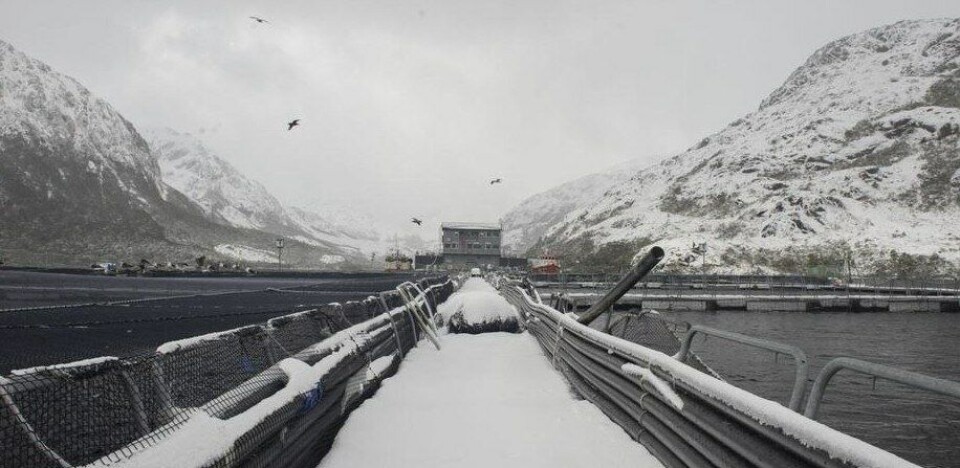
Nova Austral lied about smolt numbers to create mortalities ‘buffer’
Chilean salmon farmer Nova Austral lied about the number of smolts it put to sea in order to create a “buffer” in the mortality figures it was reporting to regulator Sernapesca, it has been revealed.
United States law firm Ropes & Gray discovered the practice after it was hired by Nova Austral to carry out an independent internal investigation into the company following accusations by a Chilean online newspaper that Nova Austral had been submitting fake mortality figures. In Chile, salmon farmers must reduce stocking if mortality is more than 15%.
Nova Austral this week hosted a conference call with investors at the Oslo Stock Exchange, where it holds a $300 million bond.

Preserved data
Ropes & Gray partner María González Calvet, an anti-corruption lawyer, told investors: “To ensure the integrity of our review we immediately partnered with a forensic engineering firm, FTI Consulting, to identify and preserve all relevant data across the Nova Austral organisation.”
Over the past two weeks, Ropes & Gray and FTI had used advanced analytics technology to process approximately 2.5 million emails and attachments for review and analysis, said González Calvet.
So far, 22,000 documents had been reviewed and analysed, and 23 telephone and in-person interviews had been conducted with a range of Nova Austral employees in multiple locations.
González Calvet said the law firm’s investigation confirmed that Nova Austral upheld its commitment to customers to provide antibiotic-free salmon. But it also identified “certain irregularities in the information that the company provided to Sernapesca” during the last production cycle.
“Our investigation confirmed that in some instances the company misreported mortality rates to Sernapesca to keep below the 15% threshold and avoid stocking reductions, the benefit of which largely has not been realised to date,” added the lawyer.
“Some employees also reported a related practice of deflating stocking numbers when smolt were delivered, to give the company a buffer in the mortality rate calculations.”
When Ropes & Gray discovered this “we took immediate steps to identify the extent and magnitude of the misreporting, and most importantly to advise that Nova Austral take two immediate steps: one, correct the errors with Sernapesca, and two, ensure correct reporting on a going-forward basis”, said González Calvet.
Quick resolution
“The company, with assistance of counsel, engaged directly with regulators and provided correct and daily data for all Nova Austral’s sites through present day in an effort to be fully transparent and to work towards a quick resolution with all regulators and certification bodies.”
Meanwhile, the lawyer stated that “one of the issues that we continue to review has to do with the recovery efforts of the seabed that the company has undertaken and if those steps could have had adverse environmental effects. The company will collaborate with regulators and certification bodies on any potential concerns in this regard, should it arise”.
Ropes & Gray also hired local lawyers Prieto Abogados in Chile, and Thommessen in Norway, to help with the internal investigation of Nova Austral and to advise on issues of Chilean and Norwegian law, respectively.






















































